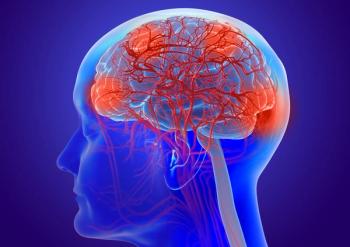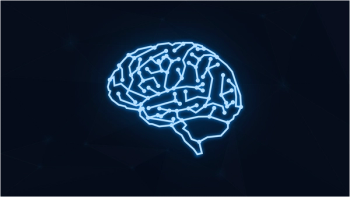
Childhood Cancer Therapies Linked to Adult Obesity
Childhood cancer patients treated with brain irradiation may be at a higher risk for developing into obese adults, according to a new study.
Childhood cancer patients treated with brain irradiation or chemotherapy with glucocorticoids may be at a higher risk for developing into obese adults. According to a new study
“The high prevalence of obesity in cancer survivors is of great concern and underscores the need to develop more effective counseling and weight loss interventions for this growing population,” said study author Carmen Wilson, BSc, PhD, of the department of epidemiology and cancer control at St. Jude Children’s Research Hospital in Memphis, in a statement.
The strongest factor related to adulthood obesity among survivors was obesity in childhood-a factor that is also strong for predicting adulthood obesity in the general US population. Childhood cancer survivors who were obese when diagnosed were almost five times more likely to be obese in adulthood compared with the other survivors included in the analysis.
Prior studies showed that childhood cancer survivors who were treated with cranial radiation had higher rates of obesity compared with the population at large. Brain irradiation was previously used to treat brain tumors in some pediatric patients, but is now no longer used to treat patients with acute lymphoblastic leukemia at St. Jude.
The study, conducted by Wilson, Kirsten Ness, PhD, also of the department of epidemiology and cancer control at St. Jude, and colleagues, included individuals treated at St. Jude who were diagnosed 10 or more years ago. The median age at diagnosis was 7.2 years and the median follow-up was 32.4 years.
The findings may help identify cancer survivors at highest risk of obesity based on clinical and treatment risk factors, said Wilson in a statement.
Wilson noted that the findings could provide a foundation for future research efforts aimed at characterizing molecular pathways involved in the link between childhood cancer treatment and obesity. “Also, the ability to identify patients at increased risk may guide selection of therapeutic protocols that will maximize treatment outcomes while simultaneously minimizing the risk of long-term complications among children diagnosed with cancer,” said Ness.
Forty-seven percent of the childhood cancer survivors who had cranial radiation as part of their treatment were obese compared with 29.4% of the survivors who did not receive cranial radiation. The chance of being obese as adults increased further in those who also received glucocorticoids (P = .014) and who were diagnosed with cancer at a younger age (P = .013).
Survivors who were treated with abdominal or pelvic radiation were 50% less likely to be obese in adulthood (P < .0001).
Data on cancer survivors’ diets, exercise, and other lifestyle factors that may influence obesity were not available to the study authors.
Assessing genetic risk factors, the authors also identified variations in four chromosomal regions that were linked with a higher chance of obesity following brain irradiation. All four regions were in close proximity to genes implicated in neuronal growth, repair, and connectivity.
Although these genetic results need to be further investigated, they suggest that these neuronal function genes “may modify the risk of obesity in childhood cancer survivors treated with cranial irradiation,” Wilson said in a statement. “Understanding the genetic basis of why certain survivors are more vulnerable to treatment-induced health problems may help us identify high-risk patients and develop strategies to reduce or better manage their risk.”
Newsletter
Stay up to date on recent advances in the multidisciplinary approach to cancer.




![According to John Henson, MD, “What we need are better treatments to control the [brain] tumor once it’s detected.”](https://cdn.sanity.io/images/0vv8moc6/cancernetwork/e0d29c38bb732429ae370e4ef7d1829a10c96446-2992x1684.png?w=350&fit=crop&auto=format)












































































